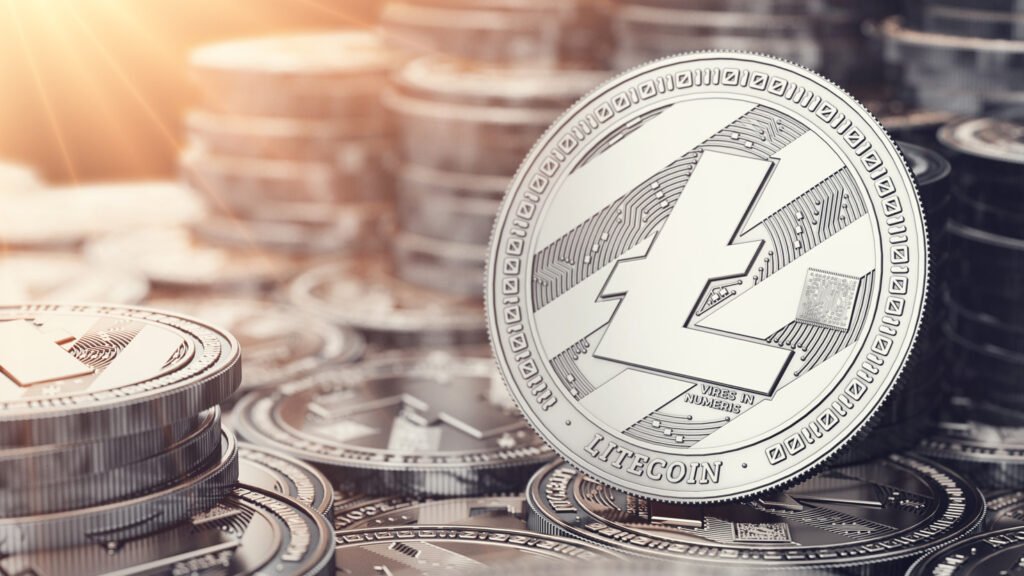
Investing in cryptocurrency is a trend that has been gaining momentum in recent years. As the market becomes more mainstream, investors are turning to alternative cryptocurrencies like Litecoin. While there are many benefits to investing in Litecoin, there are also some drawbacks to consider.
In this article, we will explore the pros and cons of investing in Litecoin, including its potential for growth, its stability, and its future prospects. Whether you are a seasoned investor or just starting out, this article will provide you with valuable insights into this emerging cryptocurrency. In addition, if you are planning to start your trading journey, you may visit a trusted trading platform like https://immediategp.com/.
Pros of Litecoin Investment
Potential for Growth
One of the main advantages of investing in Litecoin is its potential for growth. Litecoin is a relatively new cryptocurrency, having been launched in 2011. Since then, it has grown significantly in popularity and is now considered one of the top cryptocurrencies in the market. Many experts believe that Litecoin has the potential to continue to grow in the future, which could result in significant returns for investors.
Faster Transactions
Another advantage of Litecoin is its faster transaction times compared to Bitcoin. Litecoin transactions take just 2.5 minutes to process, while Bitcoin transactions can take up to 10 minutes. This makes Litecoin a more attractive option for merchants and consumers who want to complete transactions quickly.
Lower Fees
Litecoin also has lower transaction fees compared to Bitcoin. This is because Litecoin uses a different mining algorithm that is less resource-intensive, which reduces the cost of transactions. This makes Litecoin a more affordable option for smaller transactions.
More Accessible
Finally, Litecoin is more accessible compared to other cryptocurrencies. It is available on many exchanges and can be purchased with fiat currencies like USD or EUR. This makes it easier for investors to get started with Litecoin without having to first purchase other cryptocurrencies like Bitcoin.
Cons of Litecoin Investment
Volatility
One of the biggest drawbacks of investing in Litecoin is its volatility. Like all cryptocurrencies, Litecoin’s value can fluctuate significantly in a short period of time. This can make it difficult for investors to predict its future value, and can result in significant losses if the market takes a downturn.
Regulatory Uncertainty
Another concern for investors is regulatory uncertainty. Cryptocurrencies are still a relatively new asset class, and there is little guidance from governments and regulatory bodies on how they should be treated. This can result in uncertainty and instability in the market, which can make it difficult for investors to make informed decisions.
Security Risks
There are also security risks associated with investing in cryptocurrencies like Litecoin. Hackers have been known to target cryptocurrency exchanges and wallets, stealing millions of dollars worth of digital assets. Investors must take steps to protect their investments, such as using secure wallets and two-factor authentication.
Limited Adoption
Finally, Litecoin has limited adoption compared to other cryptocurrencies like Bitcoin. While it is available on many exchanges, it is not accepted as widely by merchants and retailers. This can make it difficult for investors to use Litecoin to purchase goods and services, which could limit its potential for growth.
Conclusion
Investing in Litecoin can be a high-risk, high-reward proposition. While there are many potential benefits to investing in Litecoin, there are also significant risks to consider. Investors should carefully consider their risk tolerance and investment goals before making any decisions. Ultimately, the decision to invest in Litecoin (or any cryptocurrency) is a personal one that should be based on individual circumstances and preferences. By understanding the pros and cons of Litecoin investment, investors can make informed decisions that align with their goals and objectives.



